By Father Anthony E. Marques
Although Catholics have always been a minority in Virginia, their roots in the commonwealth extend back four hundred years. A group of Spanish Jesuits planted the seeds of Christian faith near present-day Williamsburg but were soon killed by local inhabitants (1570–1571). Their martyrdom foreshadowed the struggles of the Catholic Church in this territory. In the following centuries, the Church grew slowly amid religious and secular hostility, geographic isolation, economic deprivation, and a chronic lack of priests.
The first organized Catholic communities in Virginia took shape around 1794. At St. Patrick’s in Norfolk, a schism or formal division among believers arose over the question of whether lay persons could own Church property and appoint their own pastors (ca. 1794–1821). In an effort to heal the rift, Pope Pius VII established the Diocese of Richmond on July 11, 1820. Formed from the Archdiocese of Baltimore, Richmond became seventh diocese in the United States.
Parishes were small, far flung, and poor for most of the history of the Richmond Diocese.
Developments in transportation (canals, railroads, trolley lines, and automobiles) led to modest growth in the Catholic population. Immigration also contributed to this gradual increase. Various ethnic groups settled in the diocese at different times: French, Irish, Germans, Lebanese (Maronites), Filipinos, Hispanics, Vietnamese, Koreans, and Africans. The Catholic Church experienced growth spurts in northern Virginia and Tidewater as the federal government and military expanded when the United States entered World War I (1917) and World War II (1941), and during the Cold War (1946–1989).
African Americans experienced even greater hardships as Catholics than other members of the Church. The first African slaves in Virginia were likely baptized Catholics (1619). Following the Civil War (1861–1865), the Church took steps to evangelize freed slaves and established separate parishes and schools for black Catholics (ca. 1865–1965). They often endured ridicule from black Protestants and prejudice within the Catholic Church. Most black churches were closed during the civil rights era to integrate parishes (1961–1972), but many African Americans opposed the loss of their distinctive communities.
The relatively small Catholic population in the Richmond Diocese has been spread out over a territory that remained vast even as its boundaries were altered several times (1850, 1868, 1974). Virginia has long been a mission field, as far back as the official prohibition against Catholicism (1607–1786). Even after religious freedom was established in the commonwealth, many Catholics continued to face bigotry and suspicion. They gradually gained social acceptance by accommodating their religion to Protestant surroundings; by advancing professionally, helped by Catholic education; by fighting in their country’s wars; and by carrying out charitable works. The diocese is still missionary country, however, since Catholics are now also a minority that lives in a secular culture with diminished religious practice. The clerical abuse scandal (2002, 2018) has also damaged the Church’s credibility.
Thirteen bishops have led the Church of Richmond over the course of its two-hundred-year history. Today, the diocese includes 200,000 Catholics (who make up five percent of the total population), 191 priests, 161 deacons, 139 parishes, and 30 schools.
The bicentennial of this local Church (1820–2020) is a testament to the perseverance of Catholics in Virginia. Despite adversity and failures, they have practiced their faith and helped to improve their society.
A more complete narrative of the Richmond Diocese, Sowing Faith in a Catholic Frontier: Condensed History of the Diocese of Richmond, is available at 2020.richmonddiocese.org.
